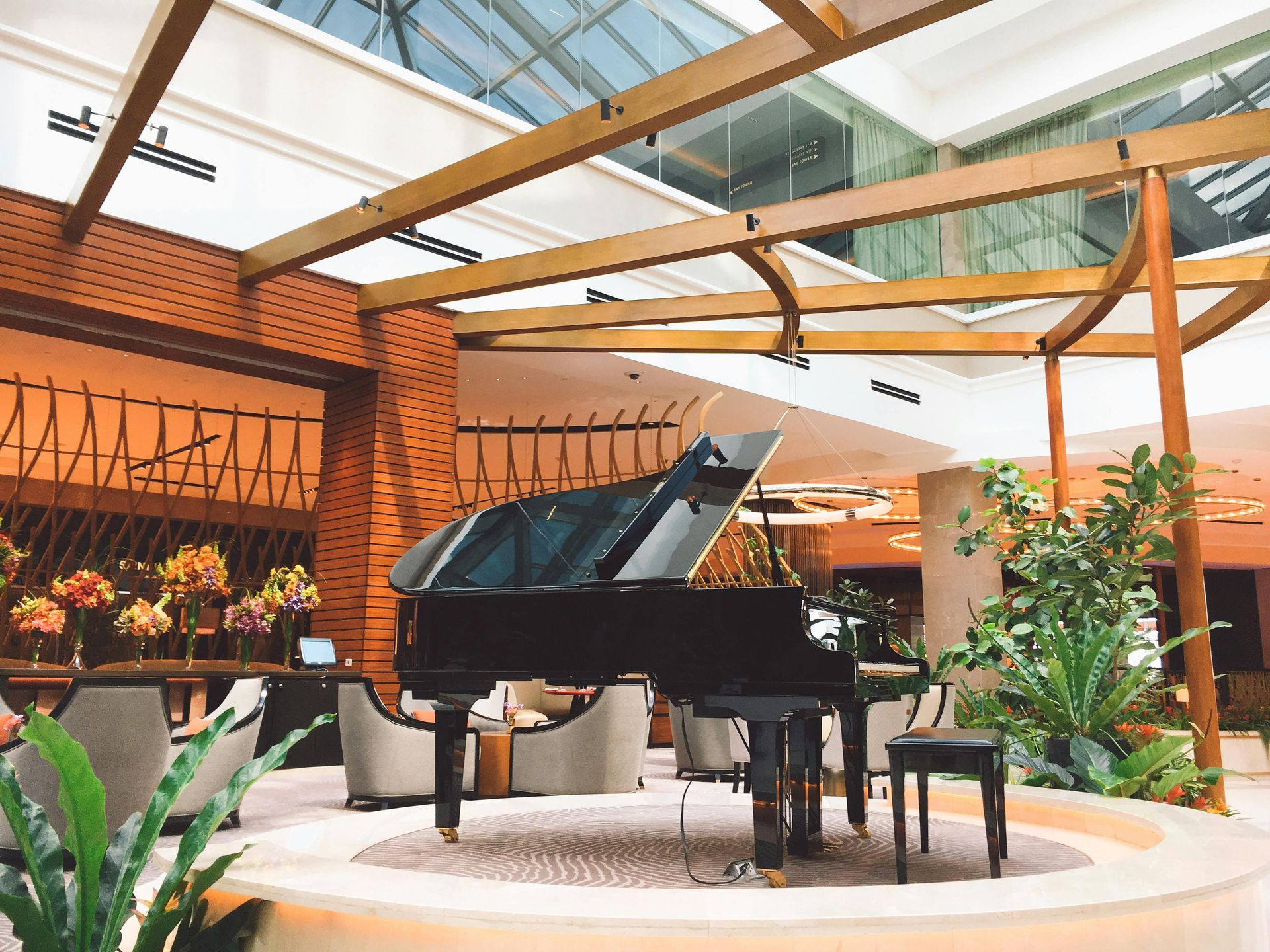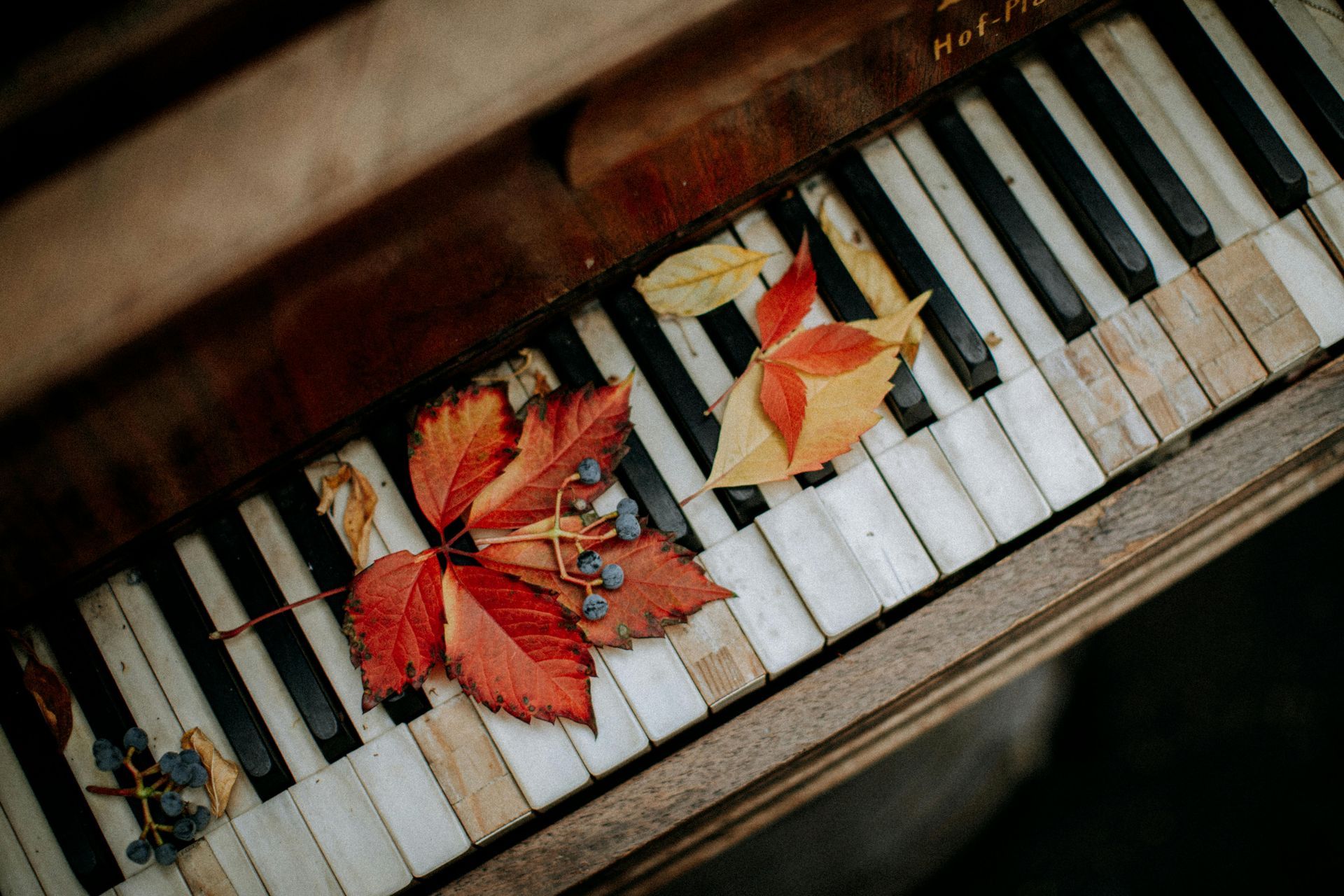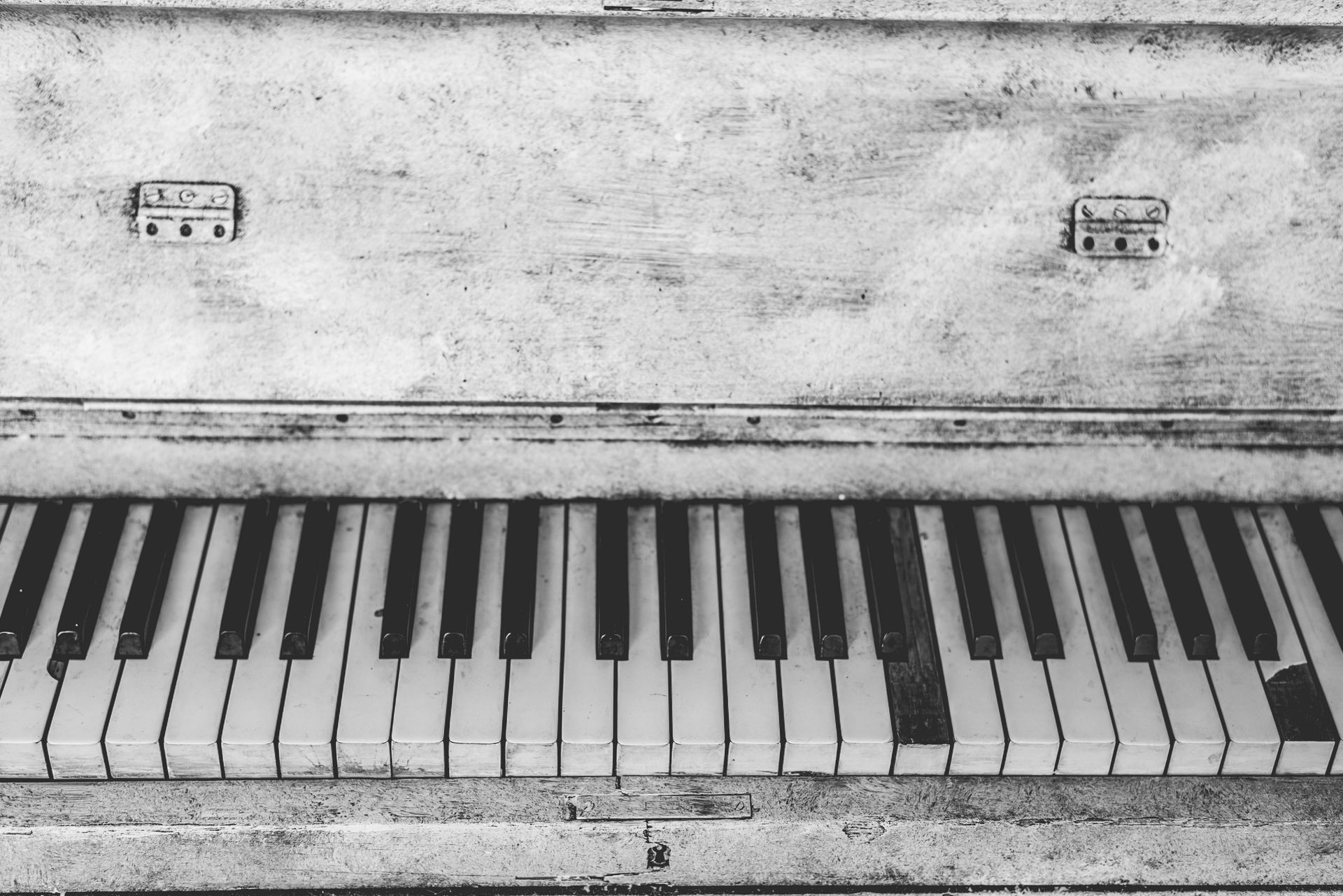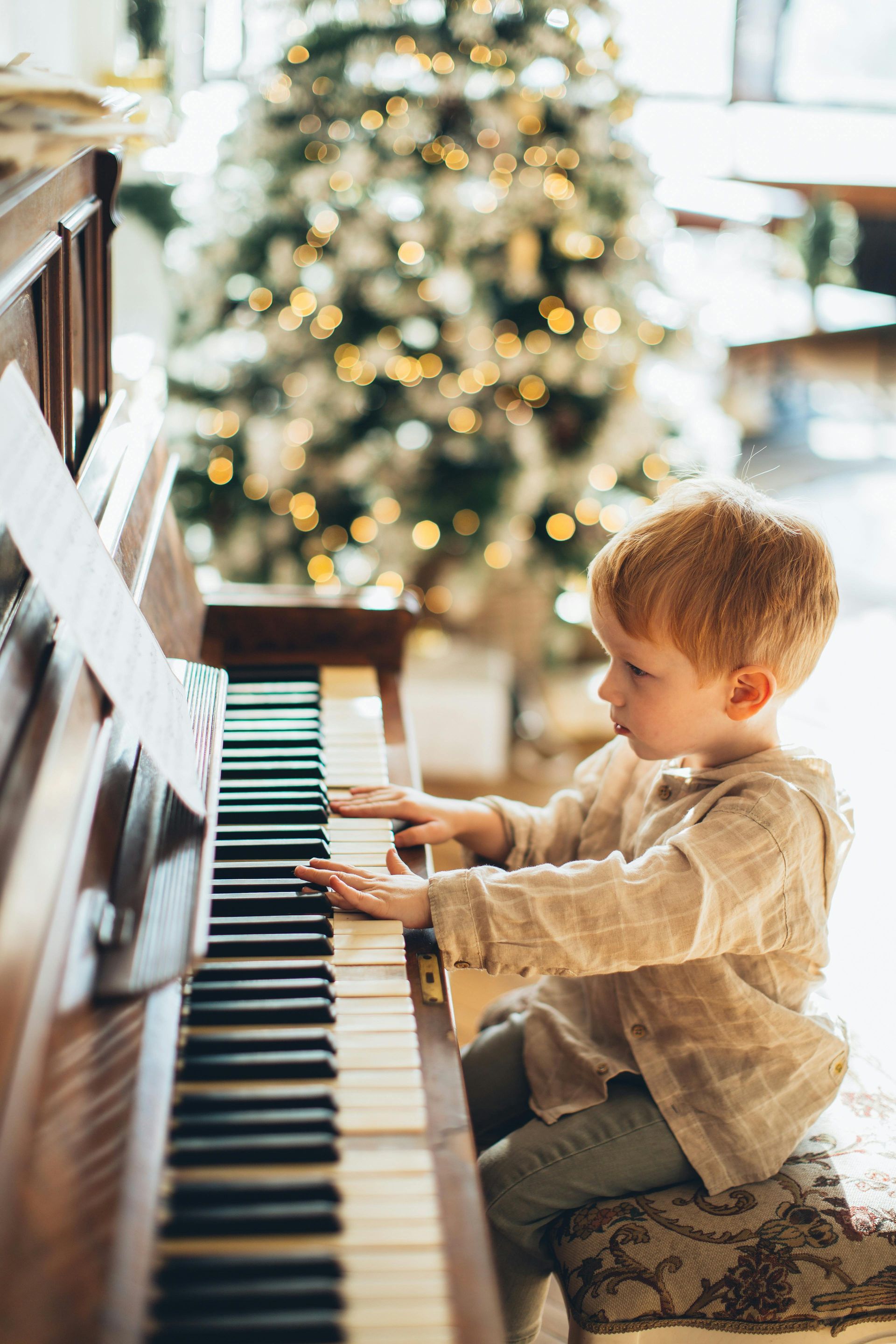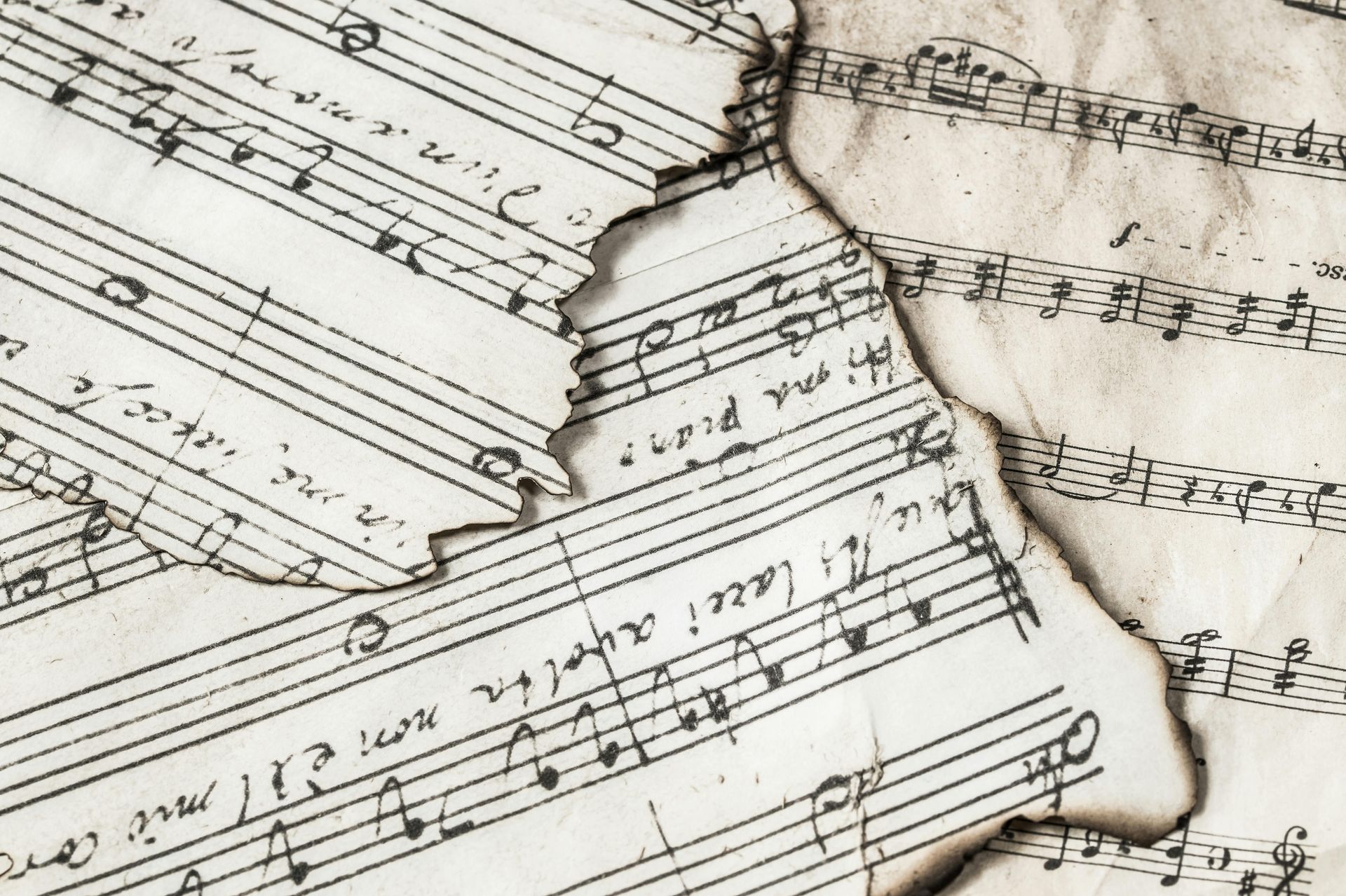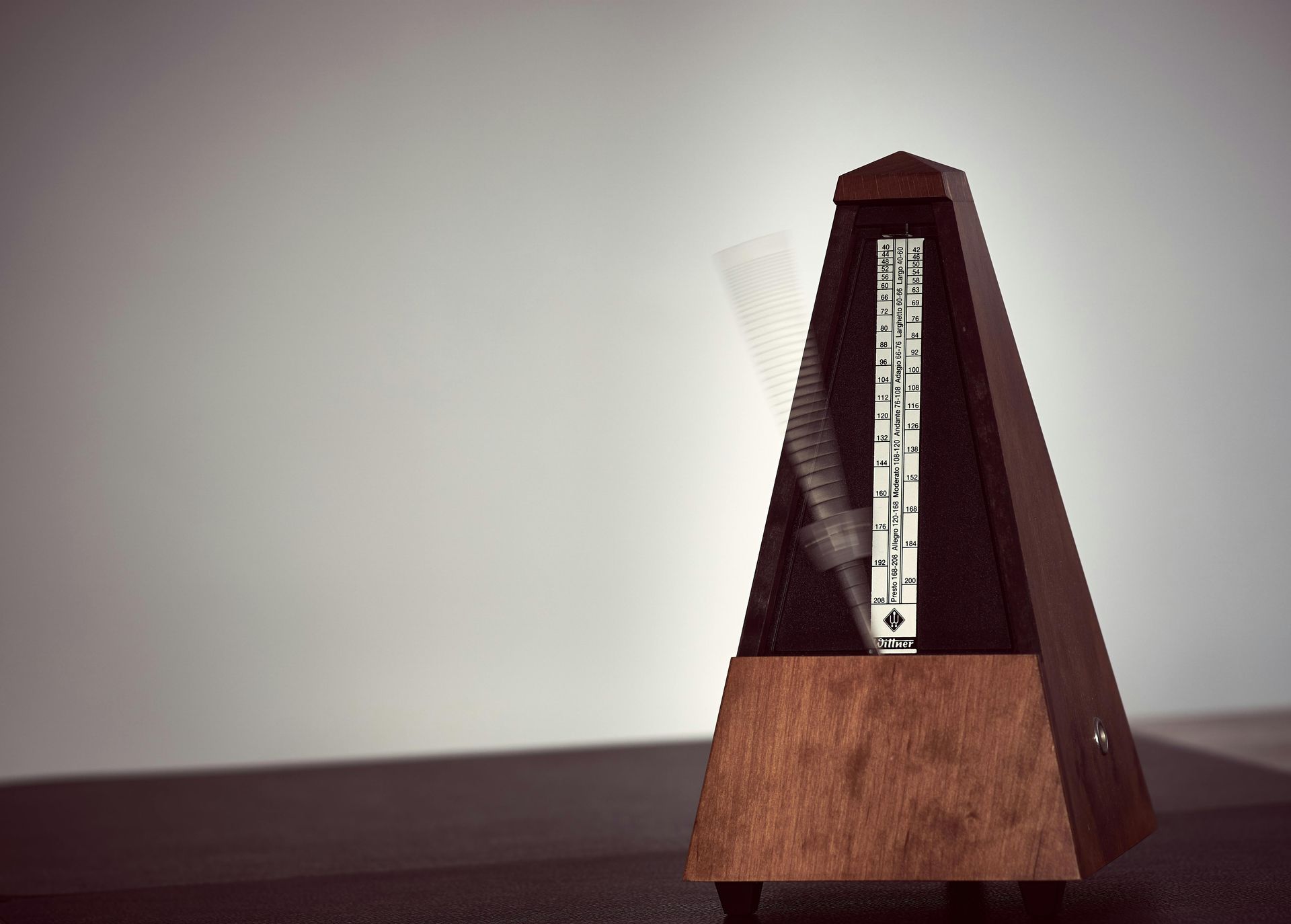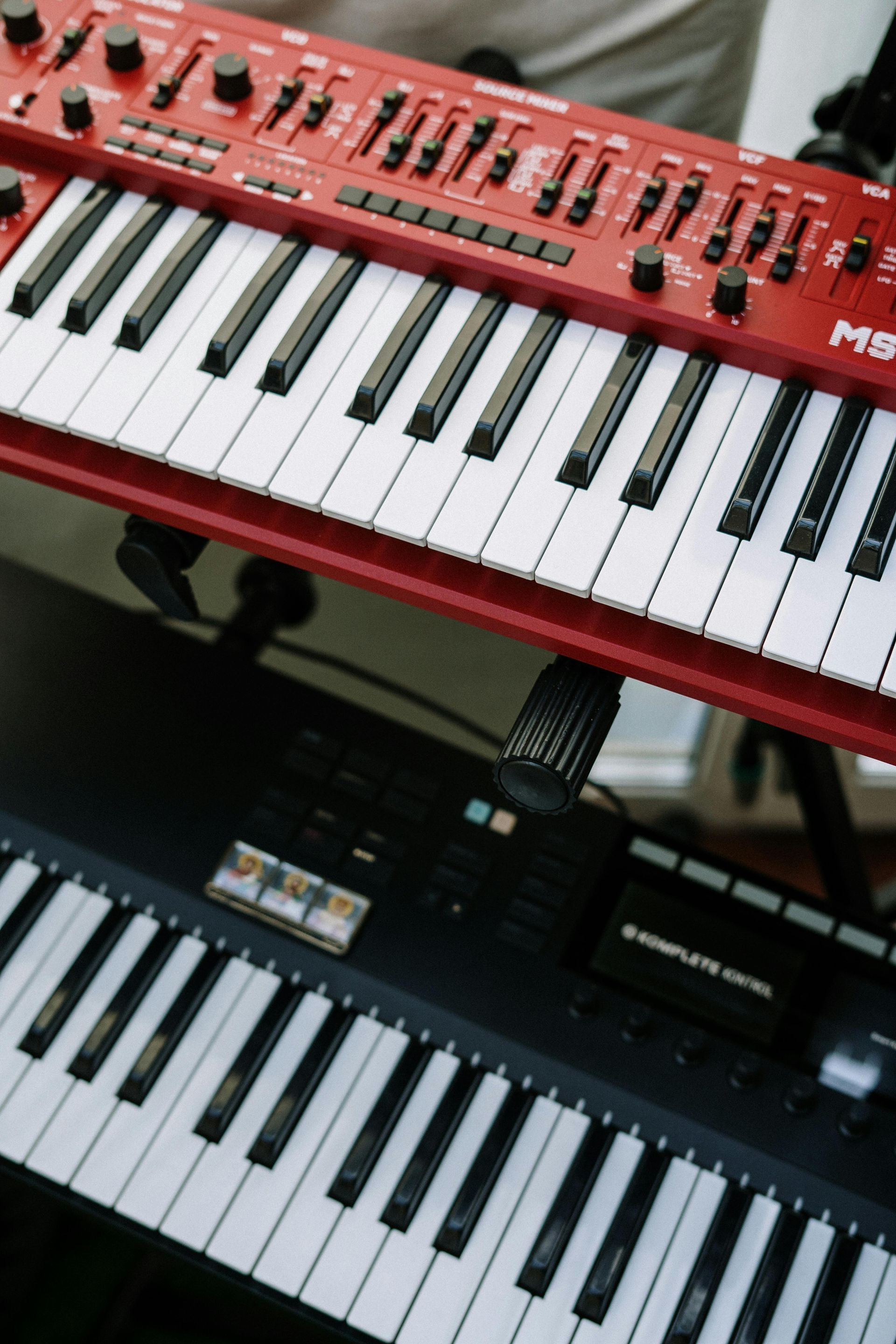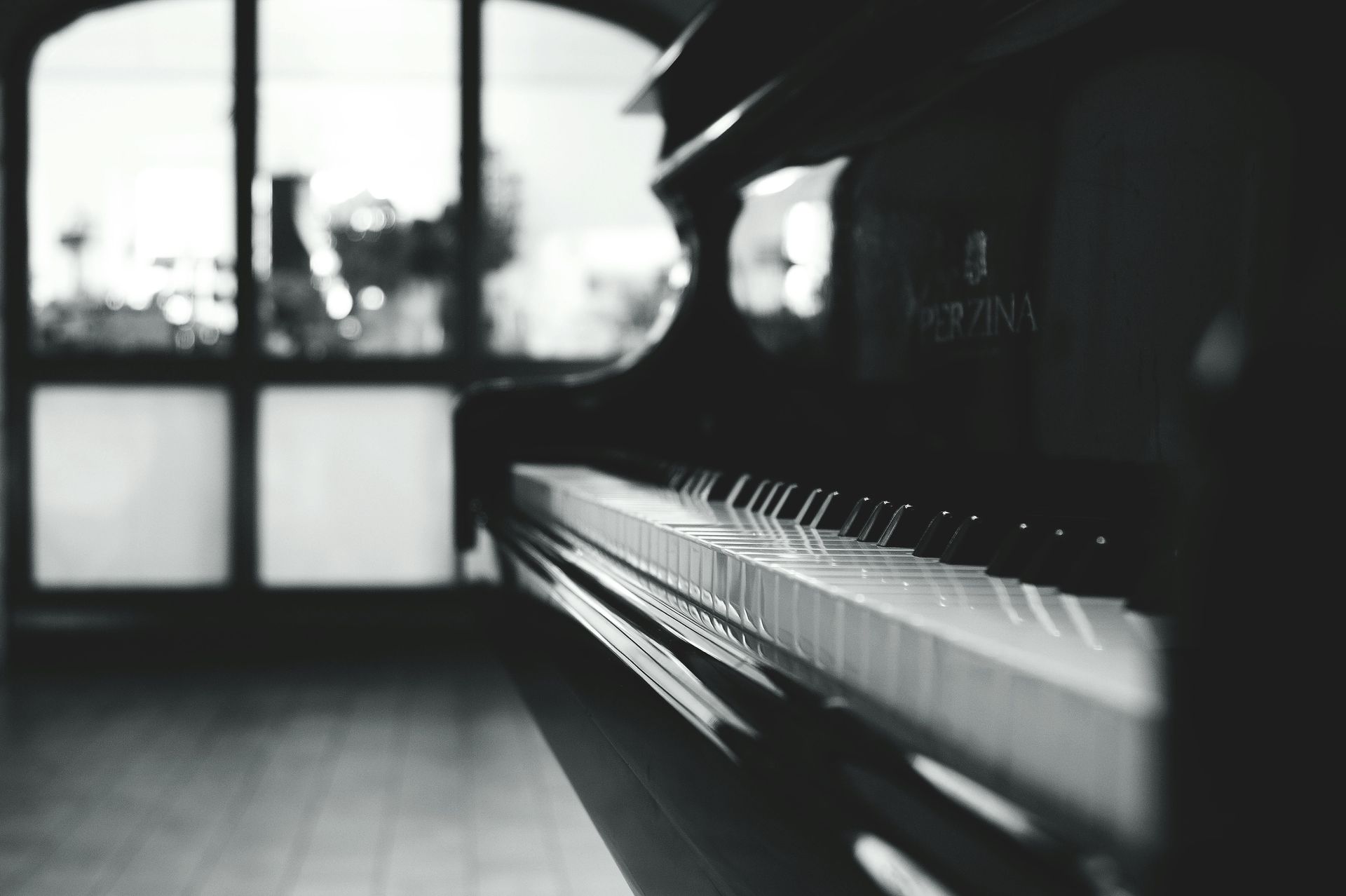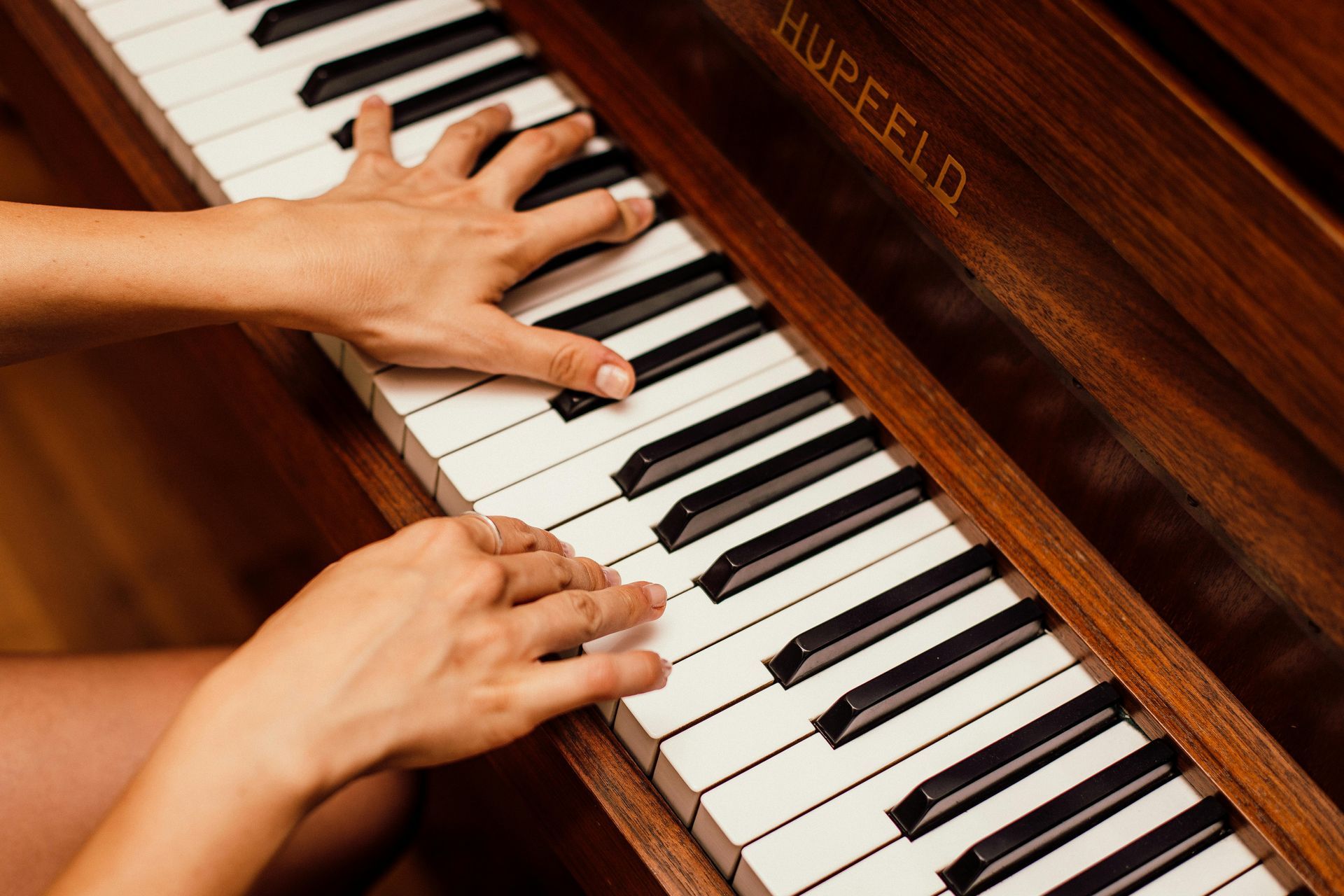The Evolution of the Piano: A Musical Game-Changer
The History of the Piano: An Instrument that Changed Music Forever
The piano is one of the most iconic musical instruments in history, with its powerful presence spanning centuries. Its invention revolutionized how music is composed, performed, and enjoyed. But where did it come from, and how did it evolve into the modern marvel we know today? Whether you're an experienced pianist or a curious music enthusiast, join us as we explore the fascinating history of the piano—from its early origins to its pivotal role in shaping modern music.
The Birth of the Piano
To understand the origins of the piano, we need to travel back to the early 1700s. The creator of this groundbreaking instrument was Bartolomeo Cristofori of Padua, a talented harpsichord builder employed by the Grand Prince of Tuscany, Ferdinando de’ Medici. At the time, key-based instruments like the harpsichord and clavichord were already popular. However, they had their limitations
Enter Bartolomeo Cristofori, who sought to solve these challenges by creating an instrument that combined both loudness and dynamic control. Around 1700, Cristofori invented what he called the gravicembalo col piano e forte—a "harpsichord with soft and loud,” or simply, the piano.
What Made the Piano Revolutionary?
Cristofori's piano introduced a revolutionary mechanism that distinguished it from its predecessors—the hammer action. Instead of plucking strings like a harpsichord, his design used hammers to strike the strings. This allowed musicians to create a wide dynamic range, from delicate pianissimo to thunderous fortissimo, all based on the pressure applied to the keys.
Key innovations in Cristofori's design included:
- Escapement: This mechanism allowed the hammer to release from the string after striking, allowing for a clear and distinct sound with each keystroke.
- Sostenuto pedal: This pedal sustained specific notes while other keys were played, creating a fuller and more resonant sound.
- Damper mechanism: Cristofori's design included dampers that could be lifted off the strings to sustain their vibrations, unlike previous designs where the strings would stop vibrating as soon as the key was released.
Although his invention was revolutionary, the piano didn’t experience immediate commercial success. Early models were expensive and complex to build, but Cristofori’s ideas laid the foundation for centuries of innovation.
The Evolution of the Piano
Vienna’s Contribution to Piano History
By the late 18th century, the piano had begun to evolve thanks to innovations introduced by Viennese craftsmen. These Viennese-style pianos featured two strings per note and leather-covered hammers, which further improved dynamics and tone. Musicians, including the legendary Wolfgang Amadeus Mozart, preferred these instruments. The softer, lighter action and clear tone were ideal for the delicate textures of Classical-era compositions.
Advancements in the 19th Century
The 19th century saw pianos undergo significant advancements to meet the demands of Romantic composers like Beethoven, Chopin, and Liszt.
These innovations included:
1. Increased Range: Pianos began to include additional keys, expanding the range from five octaves to seven and a half.
2. Iron Frame: In 1825, a metal frame was introduced, which allowed for greater tension on the strings and thus louder volume.
3. Double Escapement Action: This mechanism enabled faster repetition of notes, making it possible for pianists to play rapid passages with precision and clarity.
The release of the first Steinway concert grand in the mid-1800s set a new benchmark for pianos, combining rich tonal quality with durability and precise craftsmanship.
Modern Pianos
Today’s acoustic pianos still adhere to Cristofori’s fundamental design while incorporating centuries of refinement. These instruments are valued for their unparalleled sound quality, with wooden enclosures that create natural vibrations and deep bass frequencies. Major manufacturers like Steinway & Sons, Yamaha, and Bösendorfer continue to produce pianos with stunning aesthetics and exceptional performance capabilities.
Why the Piano is One of Music’s Greatest Innovations
The piano’s ability to combine melody, harmony, and rhythm makes it one of the most versatile instruments in existence. From classical concertos to jazz improvisations, pop ballads, and experimental soundscapes, the piano has found a place in nearly every genre of music.
Perhaps what makes the piano truly special is its emotional range. It can evoke joy, despair, hope, or nostalgia with unmatched nuance, connecting with listeners on a deeply personal level.
Final Thoughts: Timeless Elegance, Timeless Design
From Bartolomeo Cristofori’s early design to the modern-day grand piano, this remarkable instrument has continuously evolved, shaping the course of music history along the way. While advancements have brought practical options like digital pianos to the forefront, it’s clear that the heart and soul of the piano remain intact.
Whether you’re a seasoned pianist or someone discovering this instrument for the first time, the piano's rich legacy serves as a reminder of the power of music to inspire, transform, and endure.
Where will the piano take you next?
